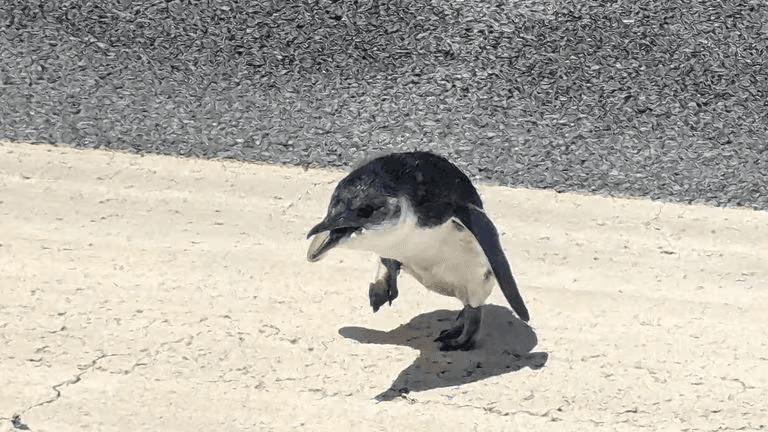While preparing for takeoff, a pilot in New Zealand spotted a rare surprise on the airport runway, causing flight delays until the visitor was scooped up and transported to the zoo for recovery.
Known to be the world’s smallest penguin species, the kororā, a little blue penguin, was found waddling in front of Air Chathams flight 521.





